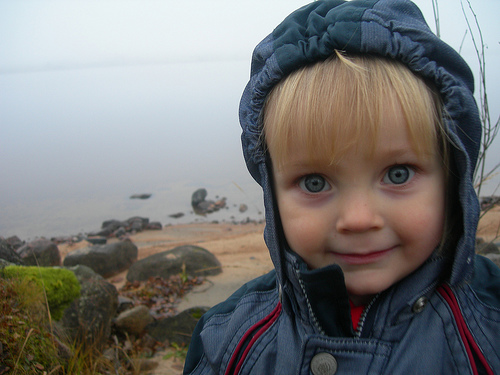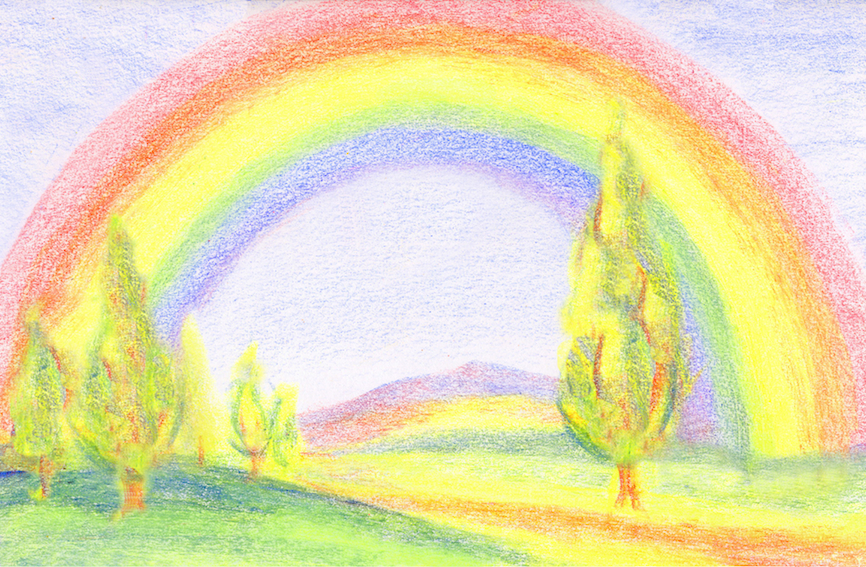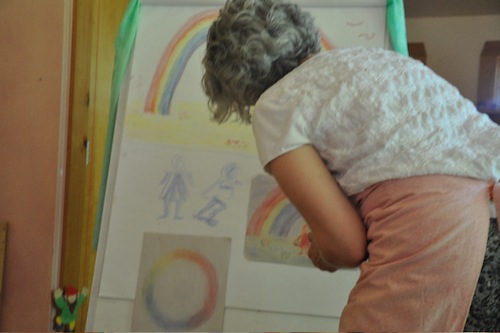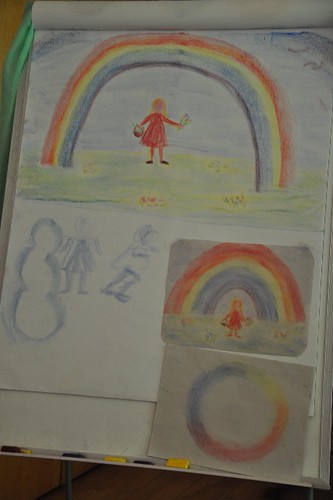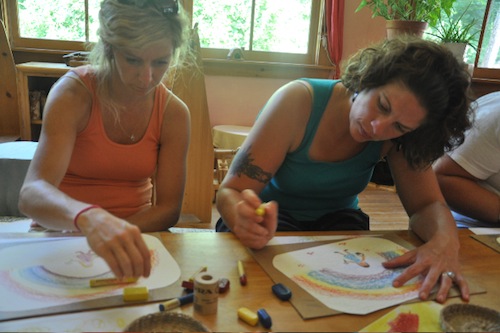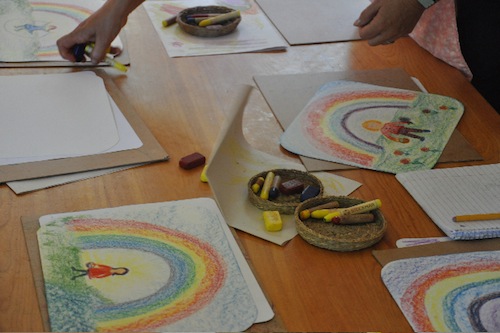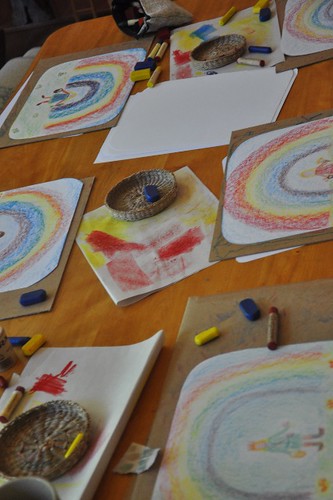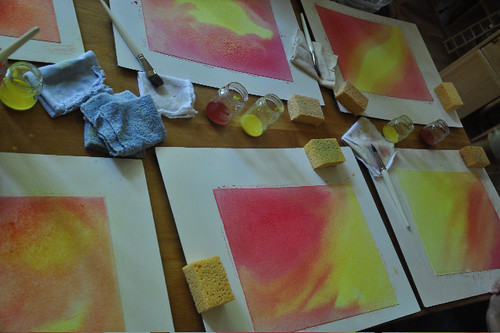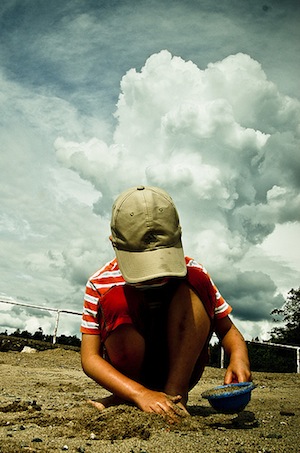Well, September 1 has come and gone. It was the date I had hoped to get the new and improved Bella Luna Toys website live. I didn’t make my original goal, but I am determined to open its doors to you before the month is over.
Plugging away around-the-clock, as I am—editing product descriptions, uploading photos, and adding scores of new natural Waldorf toys—has left me with very little time to do much writing. (Even though I have dozens of ideas percolating!)
In the meantime, I thought I’d leave you with some interesting reading for the long weekend. Here are a few of my favorite blog posts from the past week on the themes of childhood and parenting.
Did you know that spanking is illegal in Sweden?
Today on her blog Not Just Cute, Amanda Morgan writes about Sweden’s anti-spanking laws, and offers gentle suggestions for positive discipline (that won’t require calling in law enforcement officials!).
Watch What You Say! Young Children Affected by “Racy Talk.”
One of my favorite sites focused on children and media (and my favorite guide for learning what movies may not be appropriate for children and teens) is Common Sense Media. This week, Caroline Knorr addresses a recent report from the American Academy of Pediatrics that determined that “racy talk” and suggestive innuendo doesn’t go over young children’s heads. (Another pet peeve of mine when it comes to Disney movies.)
Racy Talk: Kids Are Listening (and Learning)
Are Our Fears Making Us Crazy?
Another of my favorite bloggers, Lenore Skenazy at Free Range Kids writes about the insane ways in which we behave, propelled by our fears of the all the possible dangers that are waiting to befall our children. On a lighter note, she addresses the absurd comment of a produce distributor that watermelon seeds could pose a choking hazard.
Kids! Watch Out! It’s — God Help Us — a Watermelon Seed!
And more seriously, she recounts a young man’s experience of being harshly and unfairly disciplined in high school for carrying a pocket knife. In his native Switzerland, it was customary for children to carry pocket knives to school. What, I wonder, would public school officials think about the many Waldorf early childhood teachers I know who give a pocket knife to each of their students on his or her sixth birthday? Call the spanking police, no doubt!
The Most Insane Zero Tolerance Story Yet
There you have it. Now I need to batten down the hatches in preparation for Tropical Storm Earl, which is scheduled to hit the coast of Maine this evening. I hope the weather is better where you are, and that your Labor Day weekend is full of play!
What blog posts have intrigued or inspired you this week? Please share your links!

